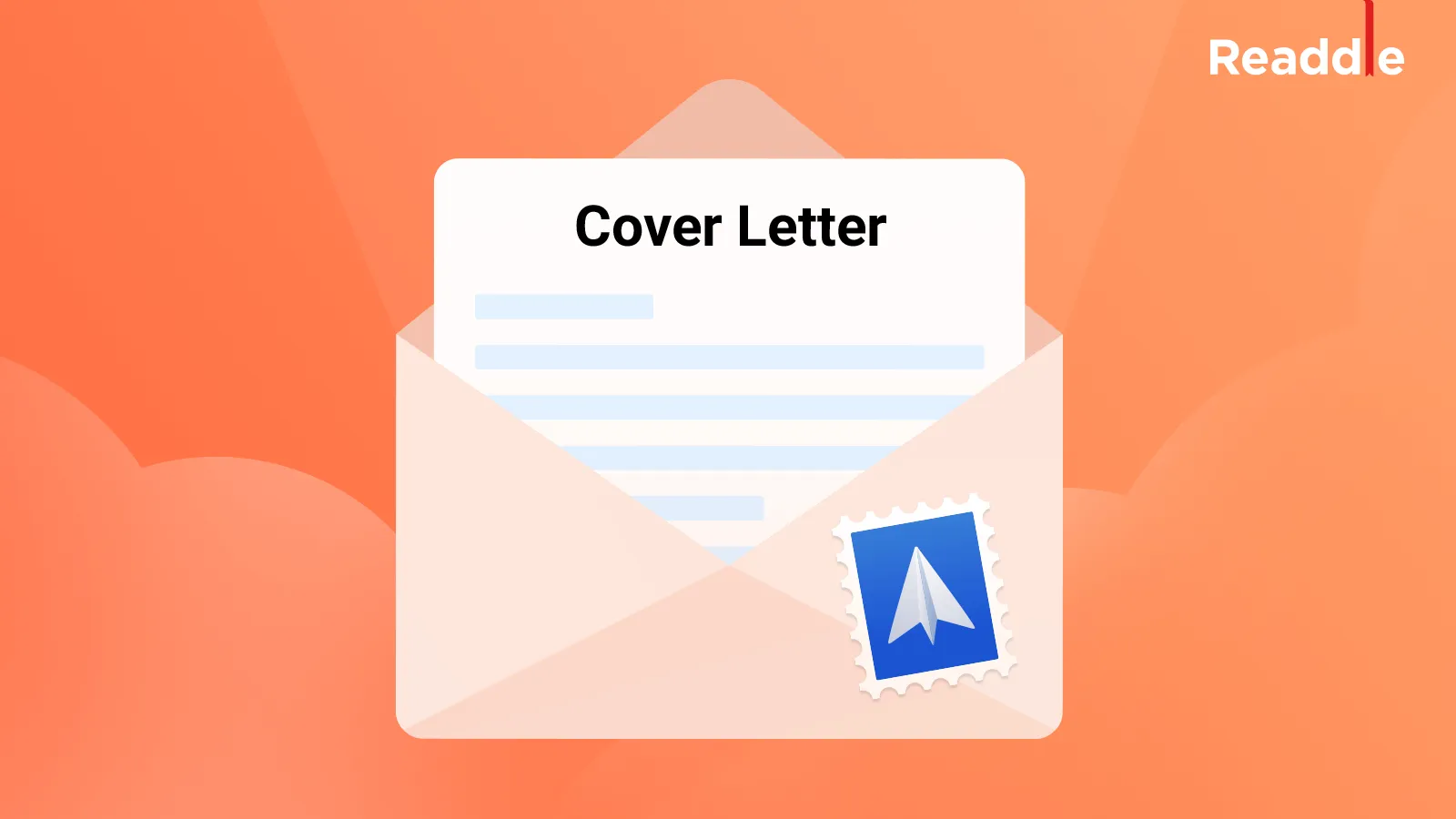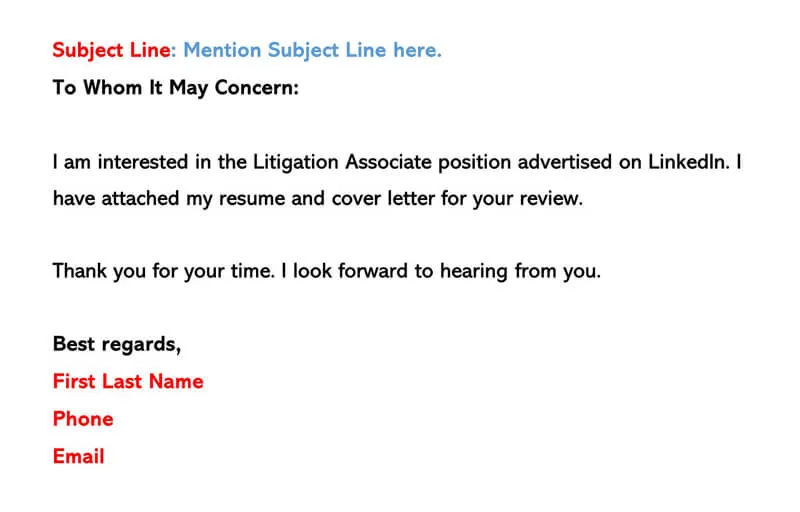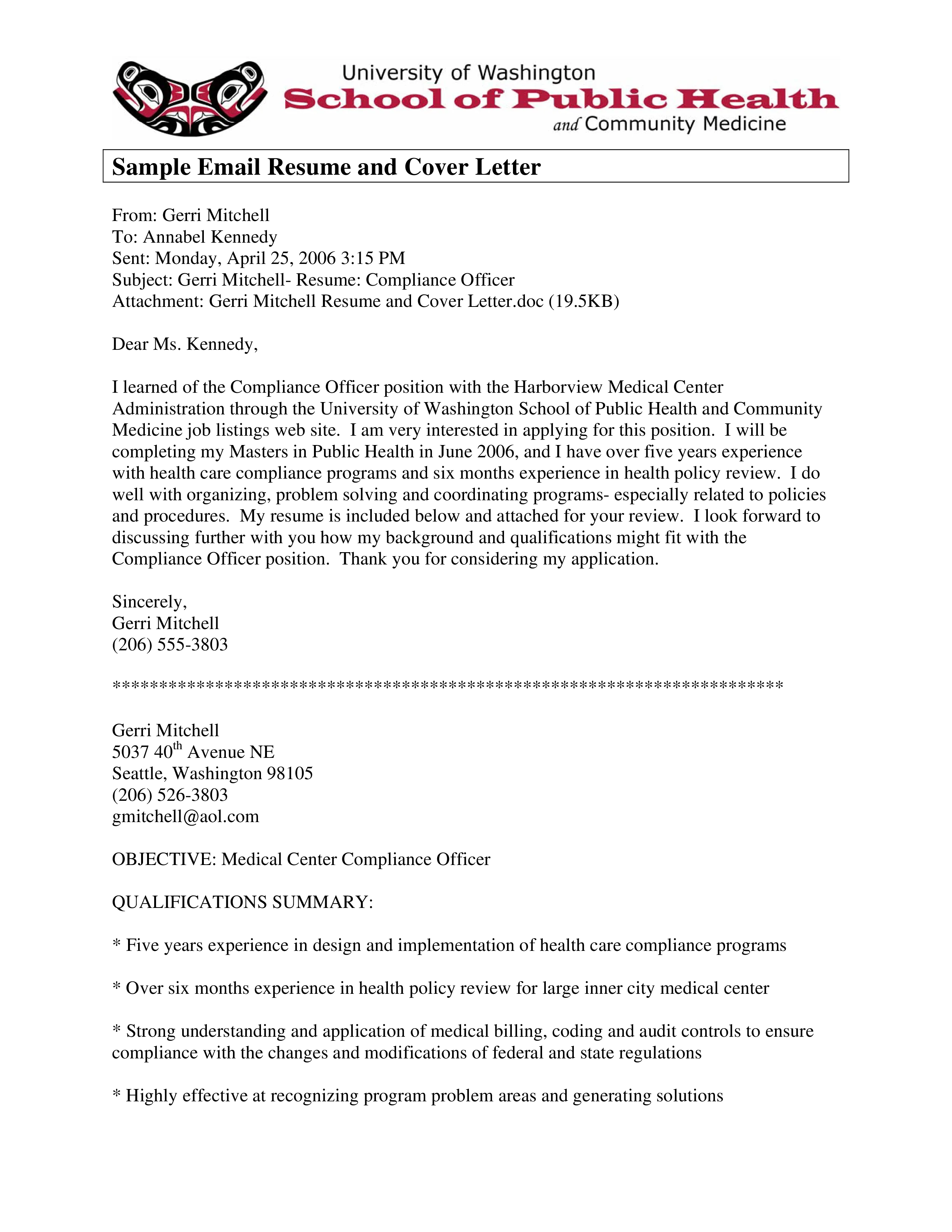Email Cover Letters Unveiled
In today’s digital age, the email cover letter is often the first impression you make on a potential employer. It serves as your introduction, a concise summary of your skills, and a demonstration of your interest in the specific role and company. Unlike a traditional cover letter, an email cover letter is written directly in the body of an email, making it crucial to get it right. This guide will walk you through how to craft a professional, engaging, and effective email cover letter that gets you noticed. We’ll cover everything from formatting and subject lines to crafting a compelling introduction, highlighting your skills, tailoring your letter, and avoiding common mistakes. By following these tips, you can significantly increase your chances of landing an interview and ultimately, the job. Remember, your email cover letter is not just a formality; it’s an opportunity to showcase your personality and make a strong first impression.
Formatting Your Email Cover Letter
Formatting an email cover letter is about clarity and readability. Since it’s delivered in an email, you have less control over the appearance compared to a Word document. Keep it concise and easy to scan. Use a professional and clean font. While you can’t change the font directly, ensure the font in your email client is set to a standard, readable font like Arial, Calibri, or Times New Roman. Maintain a professional tone throughout the email. Avoid slang, emojis, or overly casual language. Use short paragraphs and ample white space to make it easy for the recipient to read. Breaking up the text makes it more visually appealing and prevents the reader from feeling overwhelmed. Consider using bullet points to highlight key skills or achievements, making them easily digestible. Always ensure your email is free of typos and grammatical errors by proofreading carefully before sending.
Subject Lines That Grab Attention

Your subject line is the first thing a hiring manager sees, so it must be compelling enough to make them open your email. Avoid generic subject lines like ‘Cover Letter’ or ‘Job Application’. Instead, be specific and personalized. Include the job title and your name. For example, use ‘Application for Marketing Manager - [Your Name]’. If the job posting specifies a particular subject line format, make sure to follow it precisely. If you’re applying through a company’s online portal, the subject line might be pre-filled, but if you are sending the email directly, a specific subject line improves the chances of your email being read. A well-crafted subject line not only ensures your email doesn’t get lost but also demonstrates your attention to detail and professionalism. It’s your first chance to impress, so make it count!
Crafting a Compelling Introduction
Your introduction should immediately grab the reader’s attention. Start with a strong opening statement that clearly states the position you are applying for and where you found the job posting. Mention a specific connection or the person you are addressing if possible. This personal touch can make a significant difference. Briefly summarize why you are a good fit for the role. Highlight your most relevant skills and experience in one or two sentences. Express your enthusiasm for the opportunity and the company. Your introduction is your chance to make a positive first impression and encourage the hiring manager to keep reading. Avoid generic greetings like ‘To Whom It May Concern’. If you know the hiring manager’s name, use it. If not, try a general greeting like ‘Dear Hiring Team’.
Highlighting Your Relevant Skills and Experience
The body of your email cover letter should highlight your relevant skills and experience. Focus on the requirements of the job description. Identify the key skills and qualifications the employer is looking for, and then show how your experience aligns with those needs. Provide specific examples of your accomplishments. Use the STAR method (Situation, Task, Action, Result) to describe how you handled a situation, what you needed to do, what actions you took, and the positive results of your efforts. Quantify your achievements whenever possible. Numbers and data add credibility to your claims. For example, instead of saying, ‘Increased sales’, say ‘Increased sales by 15% in one quarter’. Tailor your examples to the specific job and company. This shows you have done your research and understand what the employer is looking for.
Tailoring Your Cover Letter for Each Job

Never send a generic cover letter. Customizing your cover letter for each job application is crucial. This shows that you’ve taken the time to understand the specific requirements of the role and the company’s values. Review the job description carefully and identify the key skills and qualifications the employer is looking for. Then, highlight your relevant experiences and accomplishments in your cover letter, providing specific examples that demonstrate your ability to meet those requirements. Research the company to understand its mission, values, and culture. Mention specific aspects of the company that appeal to you, showing your genuine interest. This demonstrates your enthusiasm and makes your application stand out. Tailoring also means adjusting your tone and language to match the company’s brand. This level of personalization shows the hiring manager that you are genuinely interested in the opportunity and makes you a more attractive candidate.
Showcasing Your Enthusiasm and Personality
While maintaining a professional tone is essential, don’t be afraid to let your personality shine through. Your cover letter is an opportunity to show the hiring manager who you are and why you’re a good fit for the company culture. Inject your enthusiasm for the role and the company. This could be by mentioning something specific that excites you about the opportunity or the company’s work. Use a confident and positive tone throughout your cover letter. Avoid sounding overly formal or robotic. Share a brief anecdote or personal interest that relates to the job or company, where appropriate. This can help you stand out from other applicants. Express your genuine interest in the opportunity and convey that you’re eager to contribute to the team. Remember, your personality and enthusiasm can be just as important as your skills and experience.
The Power of a Strong Closing
Your closing should leave a lasting positive impression. Express your gratitude for the hiring manager’s time and consideration. Reiterate your interest in the position and the company. Encourage the reader to take action. Include a call to action that invites them to contact you for an interview or to discuss your qualifications further. Use a professional closing salutation like ‘Sincerely’, ‘Best regards’, or ‘Thank you’. Avoid casual closings. Provide your contact information. Include your phone number and email address, making it easy for the hiring manager to reach you. Before sending, review your entire cover letter to ensure the closing complements the rest of your message. A well-crafted closing reinforces your professionalism, enthusiasm, and desire for the role, increasing your chances of receiving a positive response.
Proofreading and Editing Your Email Cover Letter

Before hitting ‘send’, meticulously proofread and edit your email cover letter. Errors can damage your credibility. Start by checking for typos and grammatical errors. Use a spell checker, but don’t rely on it completely. Read your cover letter aloud to catch any awkward phrasing or sentences. Ensure the email is clear, concise, and easy to understand. Check your formatting. Make sure the text is easy to read and visually appealing. Verify all the details. Confirm the job title, company name, and the hiring manager’s name (if you have it). Ask someone else to review your cover letter. A second pair of eyes can often catch errors you may have missed. Take your time. Rushing this step can lead to easily avoidable mistakes. A polished cover letter shows attention to detail and professionalism, increasing your chances of a positive response.
Attachment Best Practices
If you’re attaching a resume or additional documents, follow these best practices. Clearly state the attachments in the body of your email. For example, ‘Please find my resume attached for your review’. Use a professional file format like PDF to ensure your documents are viewed correctly on any device. Name your attachments clearly and professionally. Use a consistent naming convention such as ‘Your Name_Resume.pdf’ or ‘Your Name_CoverLetter.pdf’. This makes it easy for the hiring manager to identify your documents. Make sure your attachments are the correct files. Double-check that you’ve attached the right resume and cover letter. Keep the file size reasonable. Avoid large files that might take a long time to download. Verify that the attachments open correctly. Before sending your email, open each attachment to make sure it displays properly. Following these attachment best practices enhances your professionalism and helps ensure your application materials are viewed as intended.
Common Email Cover Letter Mistakes To Avoid
Avoid making these common mistakes to maximize the effectiveness of your email cover letter. Do not use a generic subject line. Always personalize it with the job title and your name. Do not write a cover letter that is too long. Keep it concise and to the point. Avoid using the same cover letter for every job. Customize it to match the specific requirements of each position. Do not include irrelevant information. Focus on what’s most important to the employer. Avoid typos and grammatical errors. Proofread carefully before sending. Do not use slang or overly casual language. Maintain a professional tone. Avoid sending attachments in incompatible formats. Use PDF for your resume and cover letter. Don’t forget to follow the instructions provided in the job posting. Pay attention to the employer’s specific requests. Avoiding these common mistakes will help you create an email cover letter that stands out and increases your chances of success.
